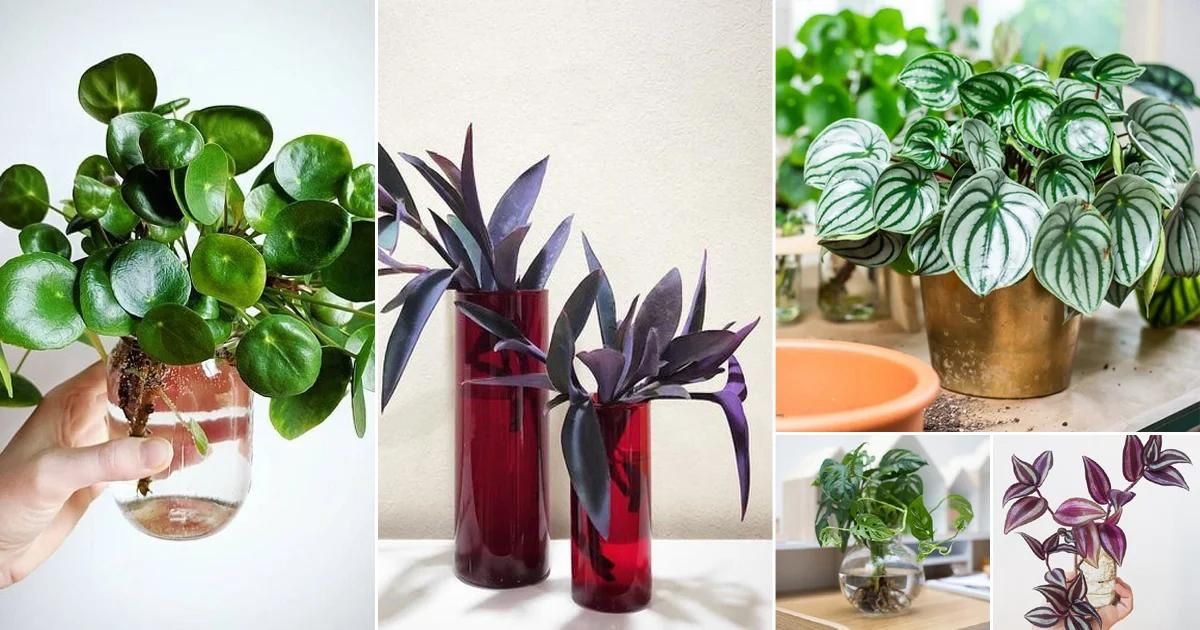

Articles
How To Use Glass Vases As Planters
Modified: October 20, 2024
Learn how to transform glass vases into unique planters with these informative articles. Discover creative tips and ideas to beautify your indoor and outdoor spaces.
(Many of the links in this article redirect to a specific reviewed product. Your purchase of these products through affiliate links helps to generate commission for Storables.com, at no extra cost. Learn more)
Introduction
Glass vases are not only beautiful and stylish decorative pieces, but they can also serve as unique and trendy planters for your favorite plants. Whether you want to add greenery to your living room, office, or even the bathroom, using glass vases as planters is a great way to bring nature indoors while adding a touch of elegance.
In this article, we will explore the various aspects of using glass vases as planters, from choosing the right vase to selecting the perfect plants and learning how to care for them. We will also discuss styling and displaying the vases, as well as troubleshooting common issues that may arise when using glass vases as planters.
So, if you’re ready to add a touch of botanical beauty to your interiors, let’s dive in and discover the wonderful world of glass vase planters.
Key Takeaways:
- Embrace creativity and elegance by using glass vases as planters to bring nature indoors while enhancing your space with stunning botanical displays.
- Carefully select the right vase, plants, and styling options to create thriving and visually captivating glass vase planters that elevate your indoor environment.
Read more: How To Paint Glass Vases
Choosing the Right Glass Vase
When it comes to using glass vases as planters, selecting the right vase is key. Here are some factors to consider when choosing a glass vase for your plants:
- Size and Shape: Consider the size and shape of the glass vase. A wider vase with a wide opening is ideal for plants with extensive root systems, while a taller and narrower vase works well for plants with long stems or trailing vines.
- Material: Glass vases come in various materials, such as clear glass, colored glass, or even recycled glass. Choose a material that complements your overall decor and suits the style you want to achieve.
- Transparency: Decide whether you want a transparent glass vase that allows you to see the soil and roots, or if you prefer a frosted or colored glass vase that adds a touch of privacy and diffuses the light.
- Stability: Ensure that the glass vase is stable and won’t easily tip over when filled with soil and plants. Look for vases with a wider base or ones that come with a stable stand or tray.
- Drainage: While some glass vases come with drainage holes, most do not. If you plan to use a glass vase without drainage, make sure to take extra care with watering to prevent waterlogging and root rot. Alternatively, you can choose to add a layer of rocks or gravel at the bottom of the vase to improve drainage.
Remember, choosing the right glass vase not only enhances the aesthetic appeal but also ensures the health and growth of your plants. Take your time and explore different options to find the perfect vase that fits your style and meets the needs of your chosen plants.
Selecting the Perfect Plants for Glass Vases
When it comes to selecting plants for your glass vases, there are a few factors to consider to ensure their health and growth:
- Size: Choose plants that are suitable for the size of your glass vase. Select small and compact plants for smaller vases and larger plants for bigger vases. It’s important to provide enough space for the roots to grow and spread.
- Light Requirements: Consider the lighting conditions in the area where you plan to place the glass vase. Different plants have different light requirements, such as full sun, partial shade, or low light. Match the light requirements of the plants with the available light in your space.
- Watering Needs: Some plants require frequent watering, while others prefer a drier environment. Make sure to choose plants that have similar watering needs to maintain a consistent watering routine.
- Root System: Consider the type of root system that the plant has. Some plants have shallow root systems, while others have deep and extensive root systems. Ensure that the glass vase is deep enough to accommodate the root system of the chosen plants.
- Growth Habit: Think about the growth habit of the plants. Some plants grow tall and upright, while others have a trailing or cascading growth habit. Choose plants that will complement the shape and size of your glass vase.
Some ideal plants for glass vases include succulents, such as echeverias and haworthias, which are low-maintenance and thrive in dry conditions. Pothos, ivy, and ferns are great options for trailing plants that add a touch of greenery to your space. You can also consider small herb plants like basil, thyme, or mint, which not only look beautiful but also provide fresh herbs for cooking.
Remember to research the specific care instructions for each plant you choose to ensure their well-being. With the right selection of plants, your glass vases will transform into stunning displays of greenery and become the focal point of any room.
Preparing the Glass Vase for Planting
Before planting your chosen plants in the glass vase, it’s important to properly prepare the vase to create an optimal environment for growth. Follow these steps to prepare your glass vase for planting:
- Clean the Vase: Start by cleaning the glass vase thoroughly. Rinse it with warm water and mild dish soap to remove any dust, dirt, or residue. Make sure to rinse it well to remove any soap residue.
- Add Drainage Material: If your glass vase does not have drainage holes, it’s crucial to add a layer of drainage material at the bottom of the vase. This can be done by adding a layer of small rocks, pebbles, or clay shards. This layer will help ensure proper drainage and prevent water from accumulating at the bottom, which can lead to root rot.
- Add Potting Mix: Fill the glass vase with a well-draining potting mix. Avoid using garden soil as it can be too heavy and prone to compacting. Instead, opt for a mix made specifically for indoor plants or succulents that provides good drainage and aeration for the roots.
- Moisten the Soil: Before planting your chosen plants, moisten the potting mix by gently watering it until it is evenly moist. Be careful not to overwater, as excessive moisture can lead to mold or root rot.
By properly preparing the glass vase, you create a healthy and supportive environment for your plants to thrive. The layer of drainage material and the use of well-draining potting mix will help maintain ideal moisture levels for the roots, promoting healthy growth.
Now that your glass vase is ready, it’s time to move on to the next step – planting the selected plants into the vase and watching them flourish in their new home.
Planting Techniques for Glass Vases
Planting in glass vases requires some specific techniques to ensure the success and health of your plants. Follow these steps to properly plant your chosen plants in the glass vase:
- Prepare the Plants: Gently remove the plants from their nursery pots and gently tease the roots to loosen them. Trim any dead or damaged roots.
- Make a Hole: Create a hole in the potting mix in the glass vase. The size of the hole should match the size and depth of the plant’s root ball.
- Place the Plant: Carefully place the plant’s root ball into the hole, ensuring that it sits at the appropriate depth. The top of the root ball should be level with the top of the potting mix.
- Fill in the Gaps: Gently fill in the gaps around the plant’s root ball with additional potting mix, pressing it down lightly to secure the plant in place. Avoid compacting the soil too much, as it can restrict root growth.
- Water the Plants: Thoroughly water the plants after planting to settle the soil and eliminate air pockets around the roots. Ensure that the water evenly saturates the potting mix.
- Check for Drainage: If your glass vase does not have drainage holes, be cautious not to overwater. Monitor the moisture levels in the potting mix and adjust your watering routine accordingly.
It’s important to handle the plants with care and avoid damaging the roots during the planting process. By providing the plants with a secure and properly planted environment, you give them the best chance to establish themselves and thrive in the glass vase.
After planting, place the glass vase in an area that suits the sunlight requirements of your chosen plants, and remember to monitor their growth and water them as needed. With proper care, your glass vase planters will become stunning natural displays that bring life and beauty to your space.
When using glass vases as planters, make sure to add a layer of small rocks at the bottom for drainage, and use a well-draining potting mix to prevent waterlogging.
Read more: How To Clean A Glass Vase
Caring for Plants in Glass Vases
Caring for plants in glass vases requires attention to their specific needs to ensure their health and longevity. Here are some essential care tips to keep in mind:
- Watering: Monitor the moisture levels of the potting mix in the glass vase and water the plants accordingly. It’s essential to strike a balance between not overwatering, which can lead to root rot, and not underwatering, which can cause dehydration and wilting. Water the plants when the top inch of the soil feels dry, but avoid waterlogging the roots. Adjust the watering frequency based on the plant’s specific needs and the environmental conditions.
- Light: Place the glass vase in a location that provides the appropriate amount of light for your plants. Some plants prefer direct sunlight, while others thrive in indirect or filtered light. Observe the plant’s response to the light conditions, and make adjustments as needed. Rotate the glass vase regularly to ensure that all sides of the plant receive equal light exposure, preventing uneven growth.
- Fertilizing: Feed your plants with a balanced liquid fertilizer or a slow-release granular fertilizer. Follow the instructions on the packaging for the correct dosage and frequency, as over-fertilization can harm the plants. Fertilize during the growing season, typically spring and summer, and reduce or stop fertilizing during the dormant season.
- Pruning: Regularly inspect your plants and trim any dead, yellowed, or diseased leaves or stems. Pruning helps maintain the plant’s shape and promotes healthy growth. Additionally, pinch back any leggy stems to encourage bushier growth and remove any flower heads that have faded to redirect the plant’s energy.
- Pests and Diseases: Keep an eye out for common pests, such as aphids, mealybugs, or spider mites. If you notice any signs of infestation, promptly take action to address the issue. Remove pests manually or use organic insecticidal soap or neem oil to treat the plants. Monitor the plants for any signs of diseases, such as yellowing, wilting, or fungal growth, and take appropriate measures to prevent the spread.
By providing the right care, your plants in glass vases will thrive and bring beauty and freshness to your space. Remember to observe your plants regularly, adjust your care routine as needed, and enjoy the rewarding experience of maintaining your own indoor garden.
Styling and Displaying Glass Vase Planters
Using glass vases as planters not only adds a touch of greenery to your space but also allows for creative styling and display options. Here are some ideas to style and showcase your glass vase planters:
- Grouping: Arrange multiple glass vases of different sizes and heights together to create a visually appealing display. Group them on a tabletop, mantel, or bookshelf to create an eye-catching focal point.
- Variety of Vases: Experiment with different vase shapes, sizes, and materials to add visual interest. Consider using clear glass vases for a sleek and contemporary look or colored glass vases to add a pop of color to the space.
- Vertical Displays: Hang glass vases with trailing plants or air plants from the ceiling using macrame hangers or wall-mounted hooks. This creates an elegant and unique vertical garden display.
- Terrariums: Create a mini terrarium in a glass vase by layering small rocks or pebbles, activated charcoal, and potting soil. Add small succulents or moss to create a self-contained and low-maintenance ecosystem.
- Seasonal Decor: Change up the plants in your glass vases based on the season. Use flowering plants during spring, tropical plants for a summery feel, and evergreens for a festive touch during winter.
- Accessorize: Enhance the aesthetics of your glass vase planters by adding decorative elements. Consider placing small decorative figurines, pebbles, or seashells around the base of the vase to create a cohesive and personalized look.
When styling and displaying glass vase planters, it’s important to consider the overall theme and style of the room. Ensure that the plants complement the existing decor and add a cohesive element to the space. Don’t hesitate to get creative and experiment with different arrangements until you find the perfect one.
Remember, the styling possibilities are endless with glass vase planters, allowing you to bring your own personal style and creativity into your indoor gardening endeavors.
Troubleshooting Common Issues with Glass Vase Planters
While using glass vases as planters can be a beautiful and unique way to display your plants, it is not without its challenges. Here are some common issues that may arise with glass vase planters and how to troubleshoot them:
- Waterlogging: If your glass vase does not have drainage holes, it is important to be mindful of the watering. Avoid overwatering, as excess water can accumulate at the bottom of the vase, leading to root rot. Opt for a well-draining potting mix and water sparingly, allowing the soil to dry out slightly between waterings.
- Mold or Fungus: Moisture levels that are too high can lead to the growth of mold or fungus in the glass vase. To combat this issue, ensure proper ventilation and airflow around the plants. Adjust your watering routine accordingly and consider adding a layer of activated charcoal to the bottom of the vase to help absorb excess moisture and prevent mold growth.
- Lack of Nutrients: Over time, the potting mix in your glass vase may become depleted of nutrients. To address this, regularly fertilize your plants with a balanced liquid fertilizer or a slow-release granular fertilizer. This will provide essential nutrients to support the growth and health of your plants.
- Root Bound Plants: If you notice that your plants’ roots are becoming visibly dense and crowded within the glass vase, it may be time to repot them into a larger vessel. Gently remove the plant from the vase, trim any dead or damaged roots, and replant in a new glass vase with fresh potting mix.
- Pests: Keep an eye out for common indoor plant pests, such as aphids, mealybugs, or spider mites. If you notice any signs of infestation, promptly treat the affected plants with organic insecticidal soap or neem oil. Ensure that the glass vase and surrounding area are clean and free from debris, as pests can often hide in these spaces.
Regularly monitoring the health of your plants and addressing any issues promptly is key to maintaining thriving glass vase planters. Remember to observe your plants closely, adjust your care routine as needed, and seek additional assistance or advice if problems persist.
With proper troubleshooting and care, your glass vase planters will continue to be a stunning and flourishing addition to your indoor space.
Conclusion
Using glass vases as planters is a wonderful way to incorporate greenery and natural beauty into your indoor space. By following the guidelines and tips outlined in this article, you can create stunning displays of plants in glass vases while ensuring their health and growth.
From choosing the right glass vase to selecting the perfect plants, preparing the vase for planting, and caring for the plants, each step is essential in creating a successful glass vase planter. By considering factors such as size, shape, lighting, and watering needs, you can provide an optimal environment for your plants to thrive.
Styling and displaying your glass vase planters allows for endless creativity. Whether you choose to group vases together for a striking centerpiece, create a vertical garden, or decorate according to the seasons, you can personalize your indoor space with these unique plant displays.
While there may be common issues that arise with glass vase planters, such as waterlogging, mold, lack of nutrients, or pests, troubleshooting these problems is part of the journey. By identifying and addressing these issues promptly, you can ensure the continued health and longevity of your plants.
In conclusion, using glass vases as planters provides a stylish and innovative way to incorporate nature into your indoor decor. With proper care and attention, your glass vase planters will not only bring beauty and freshness to your space but also create a serene and rejuvenating atmosphere.
So, unleash your creativity, select your favorite glass vases, and embark on the rewarding journey of incorporating plants into your home or office. Enjoy the natural beauty and sense of tranquility that glass vase planters can bring to your space!
Frequently Asked Questions about How To Use Glass Vases As Planters
Was this page helpful?
At Storables.com, we guarantee accurate and reliable information. Our content, validated by Expert Board Contributors, is crafted following stringent Editorial Policies. We're committed to providing you with well-researched, expert-backed insights for all your informational needs.
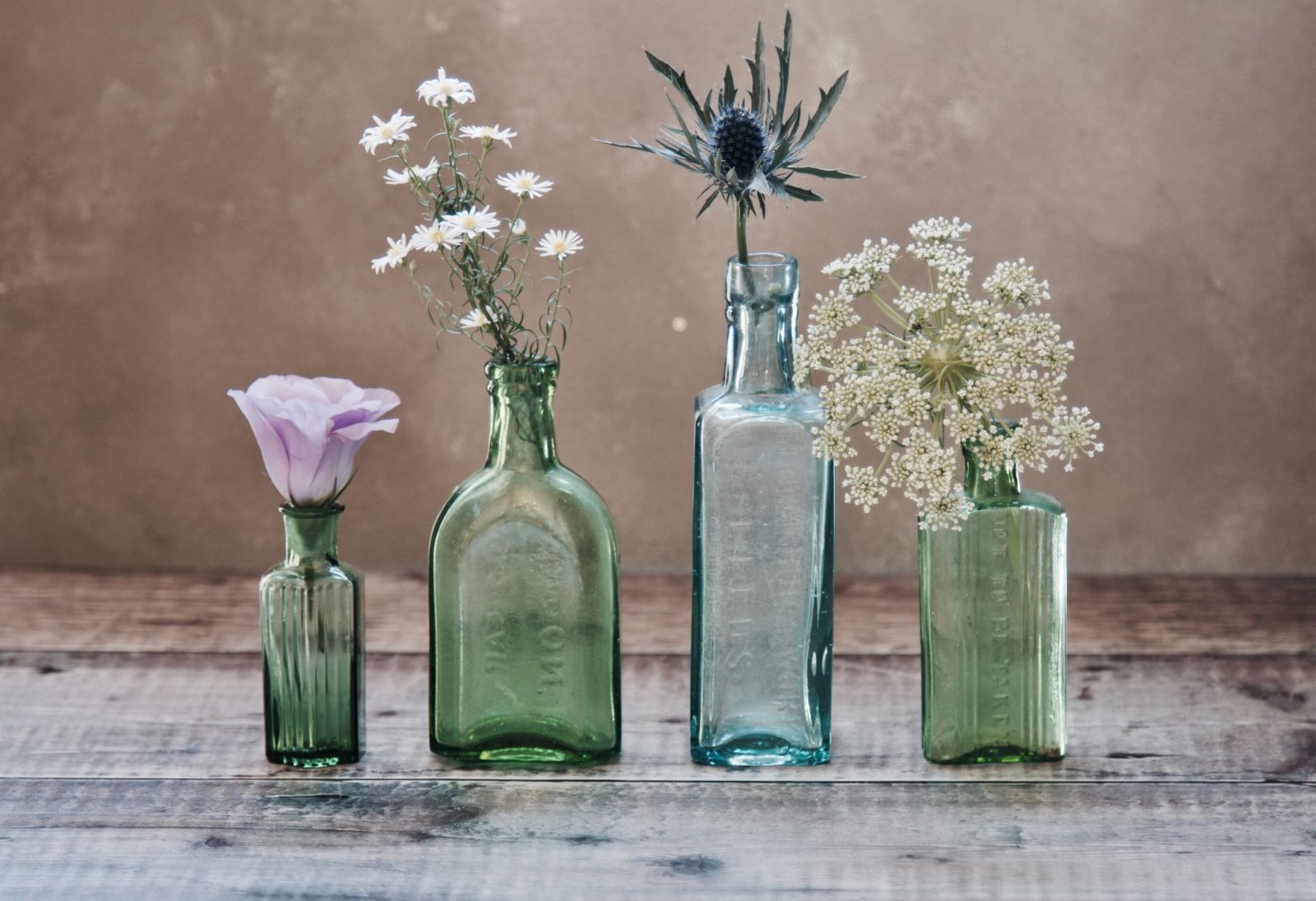
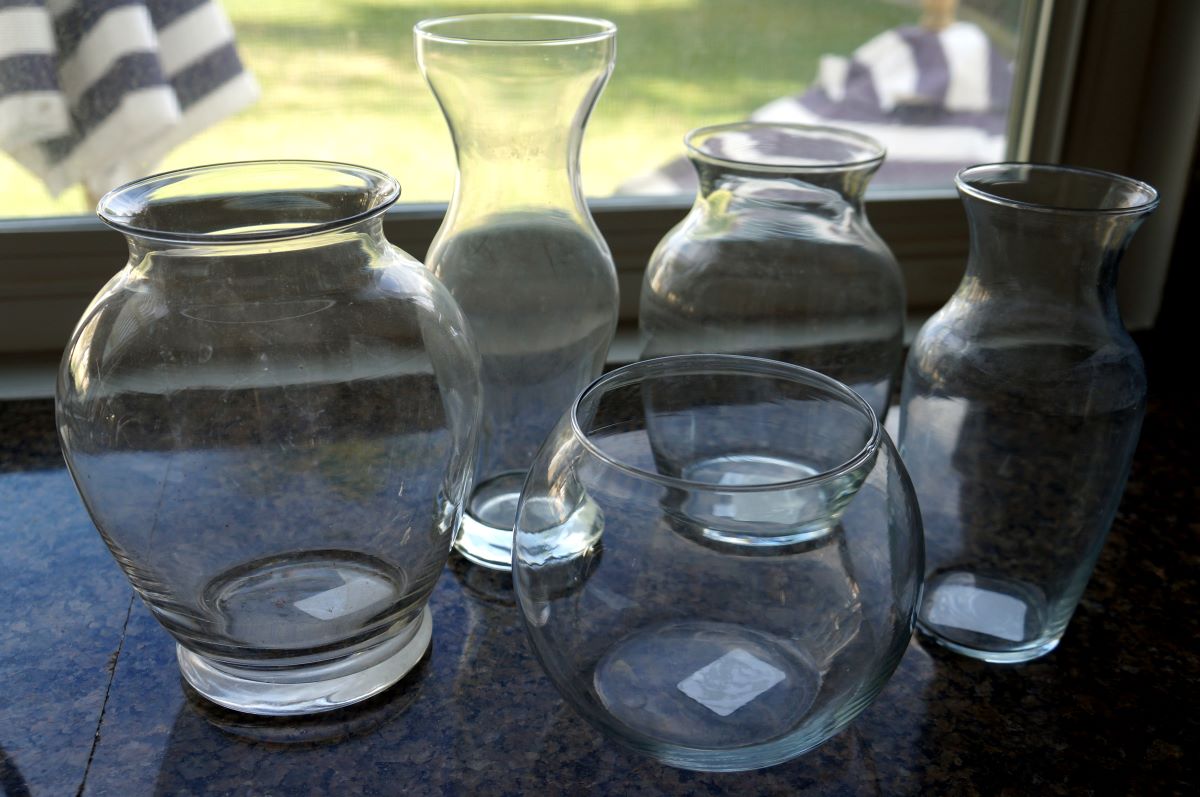
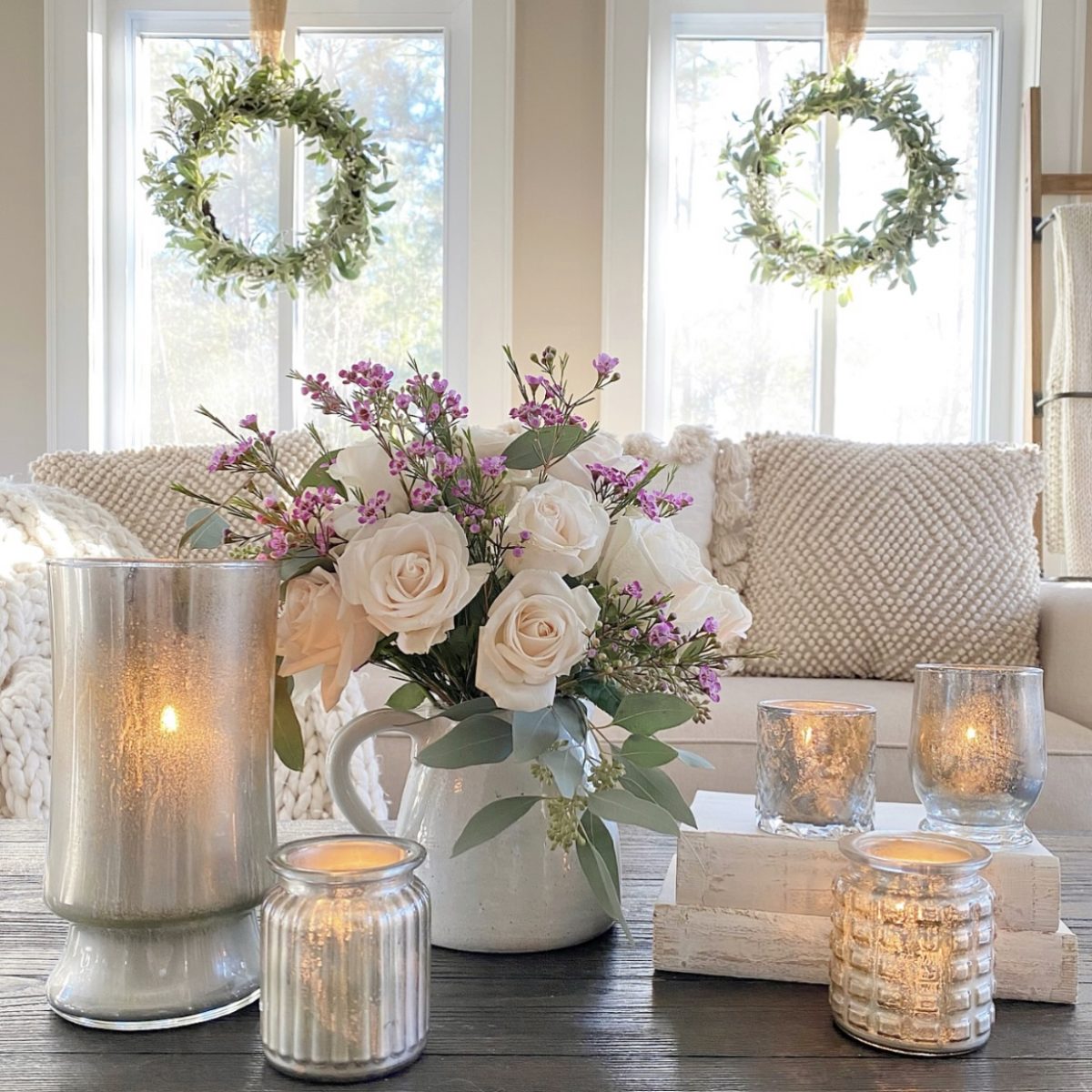
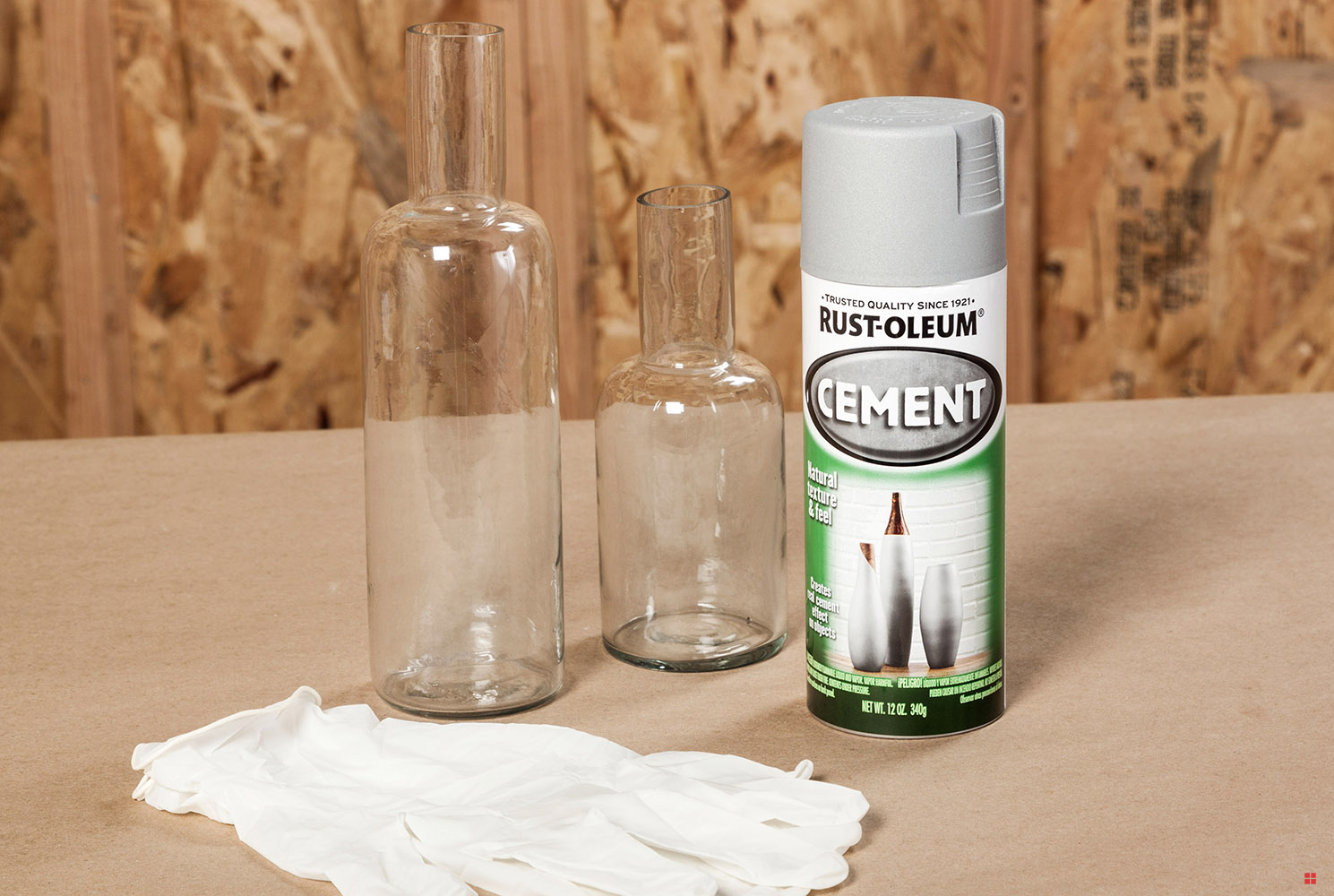
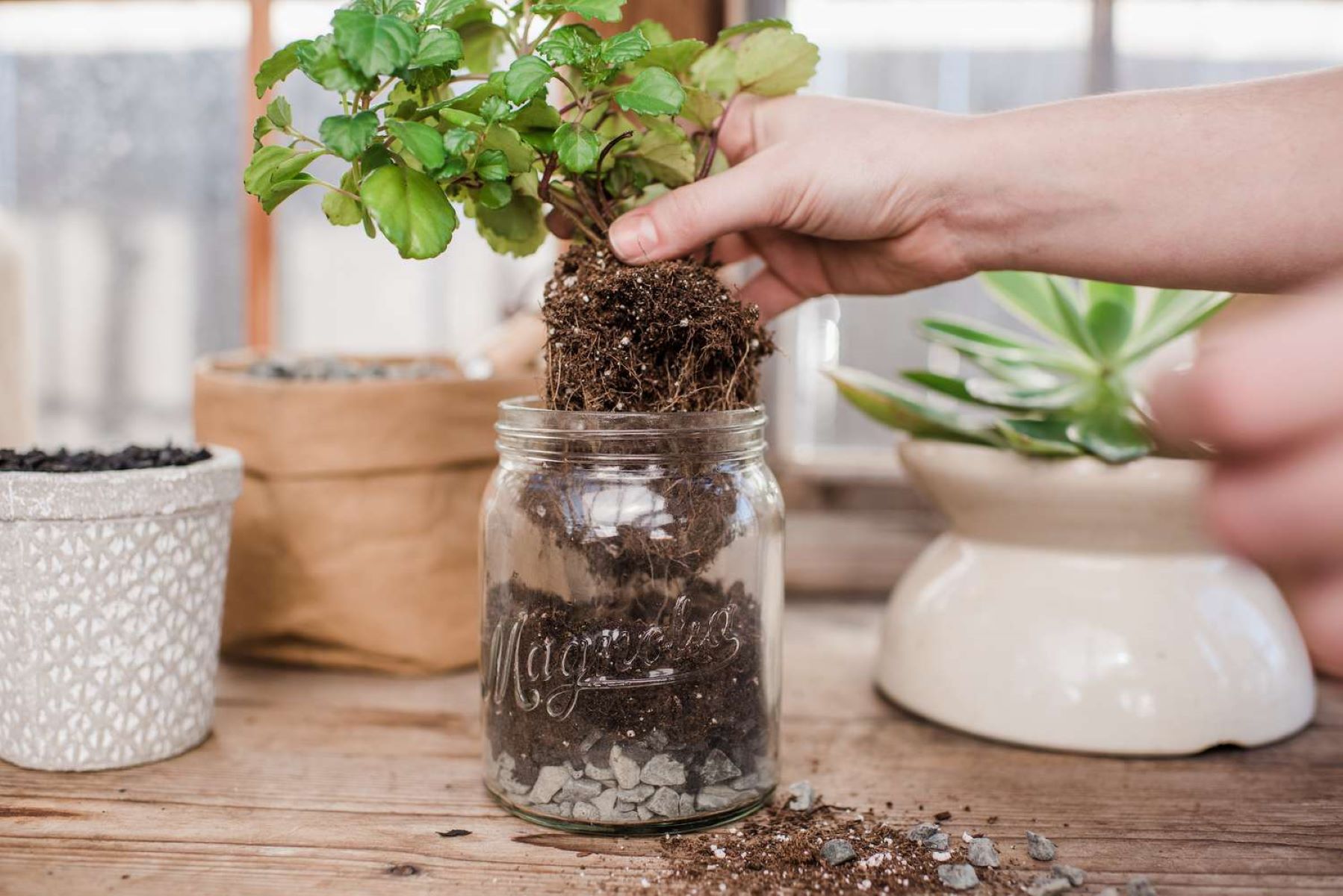
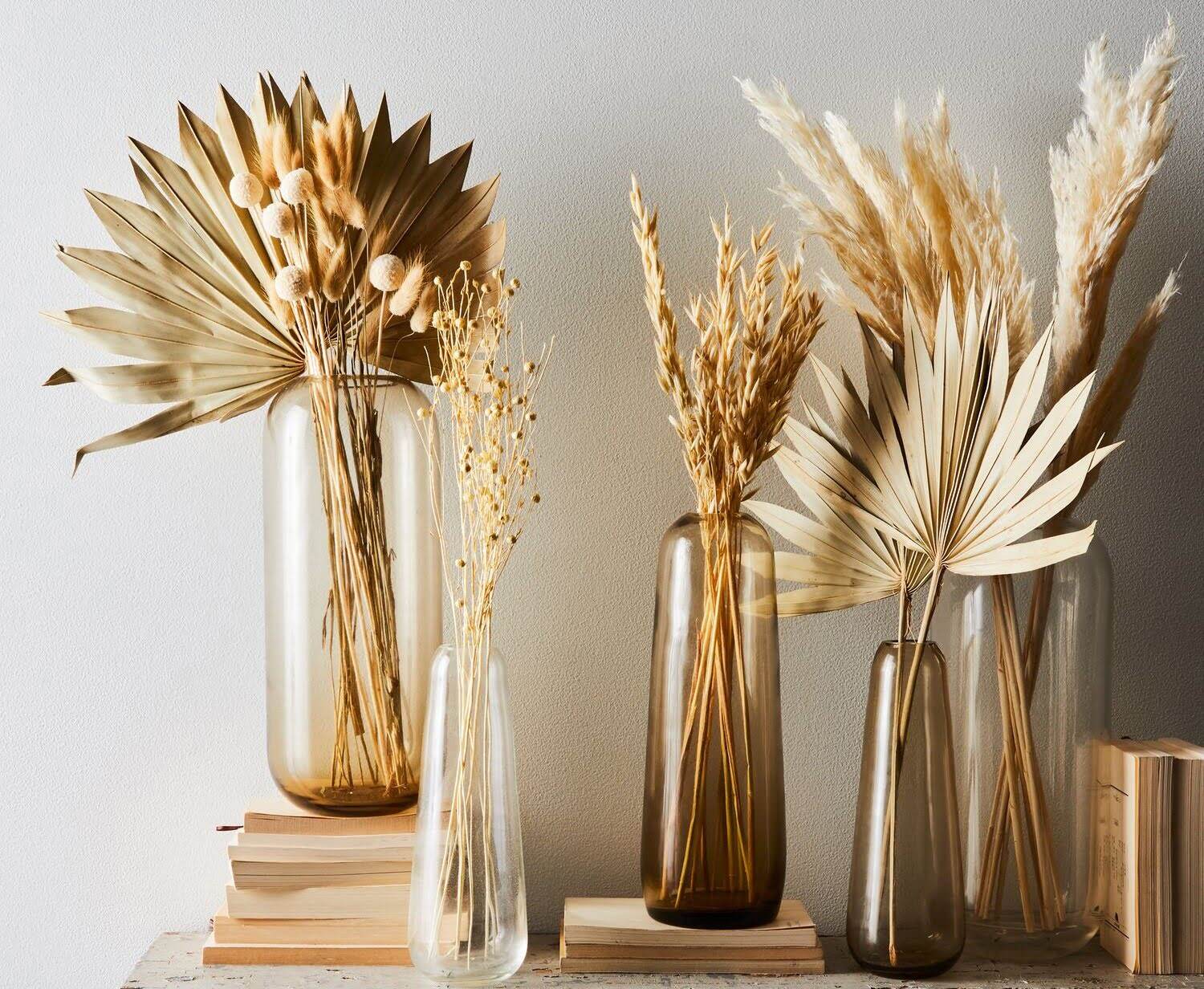
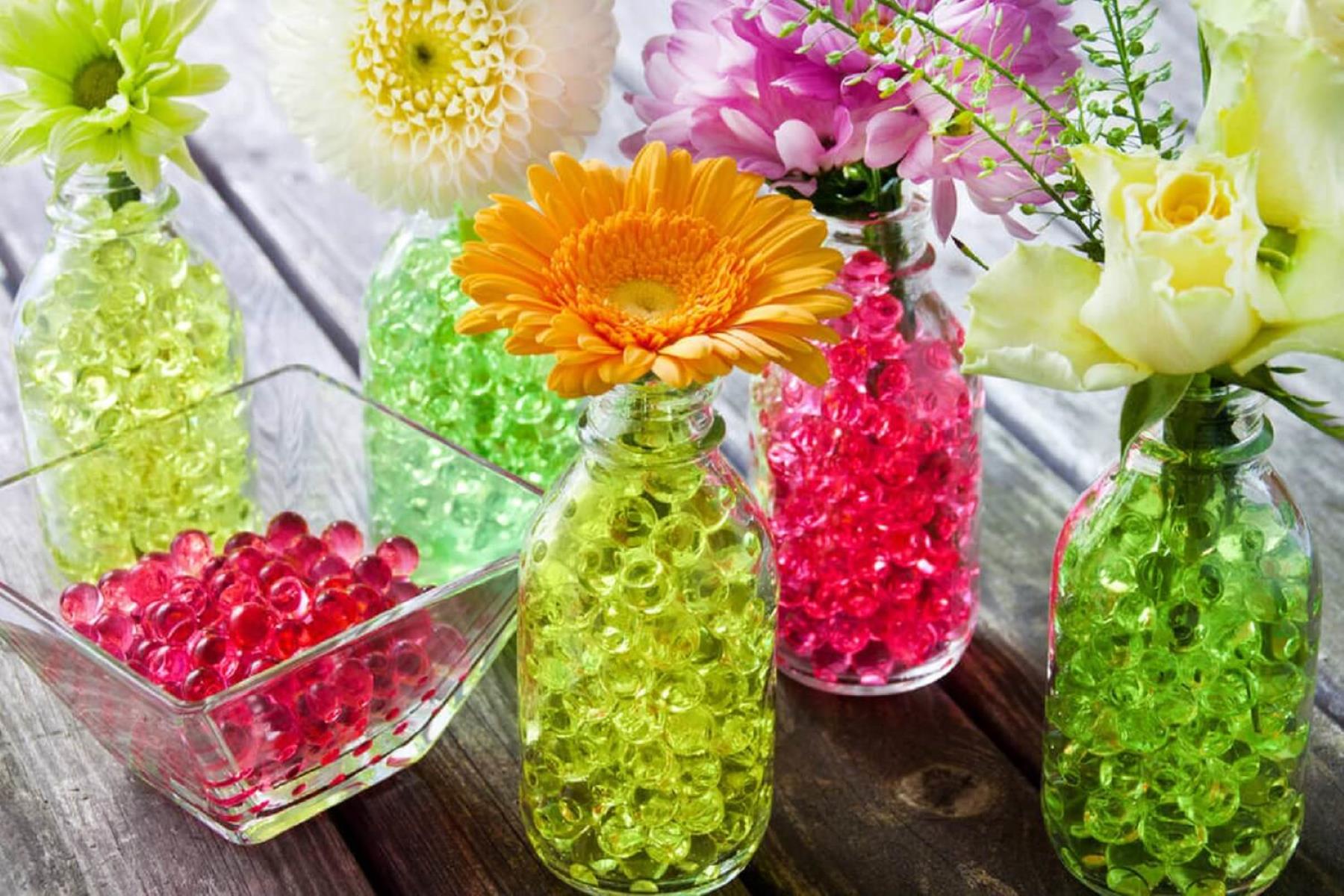
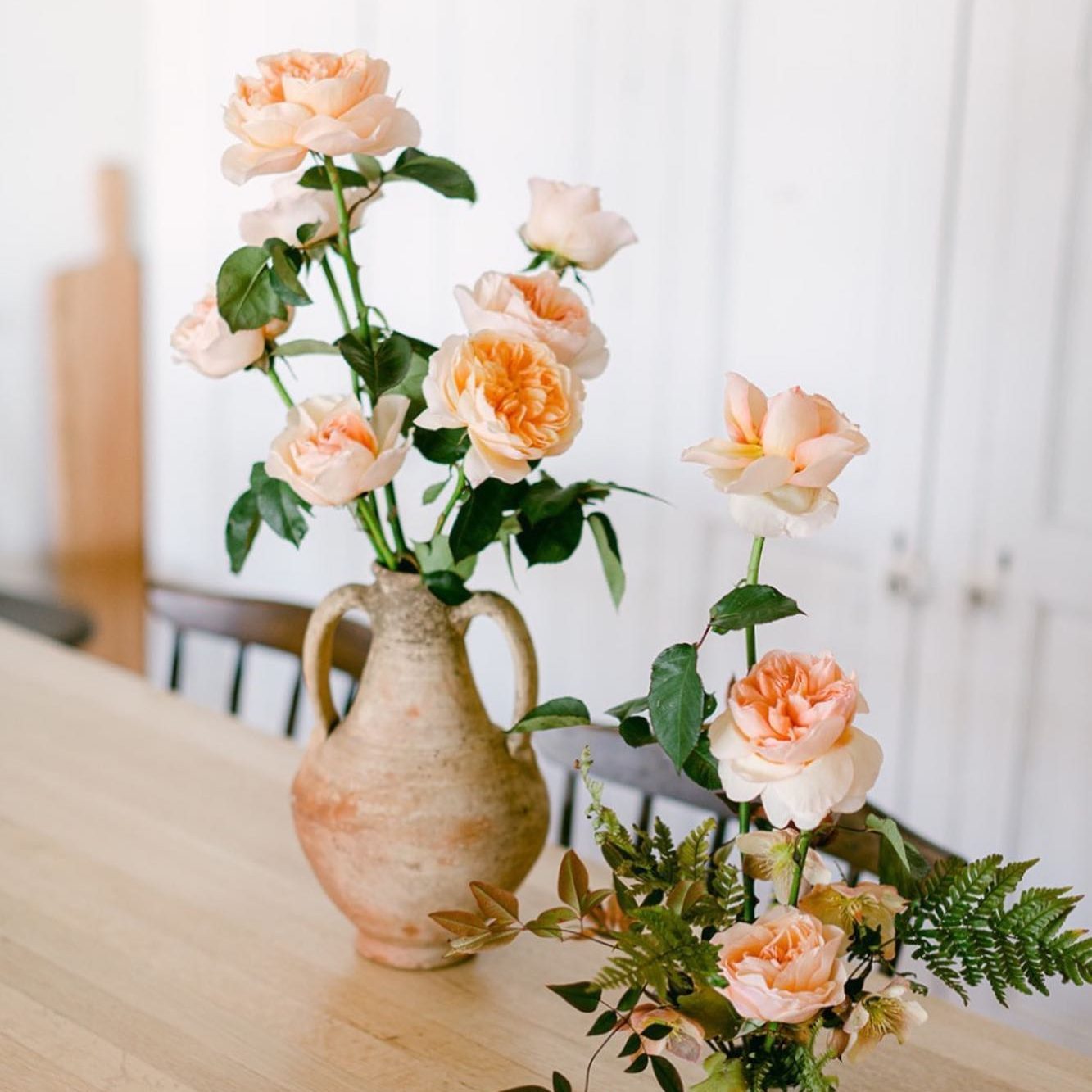
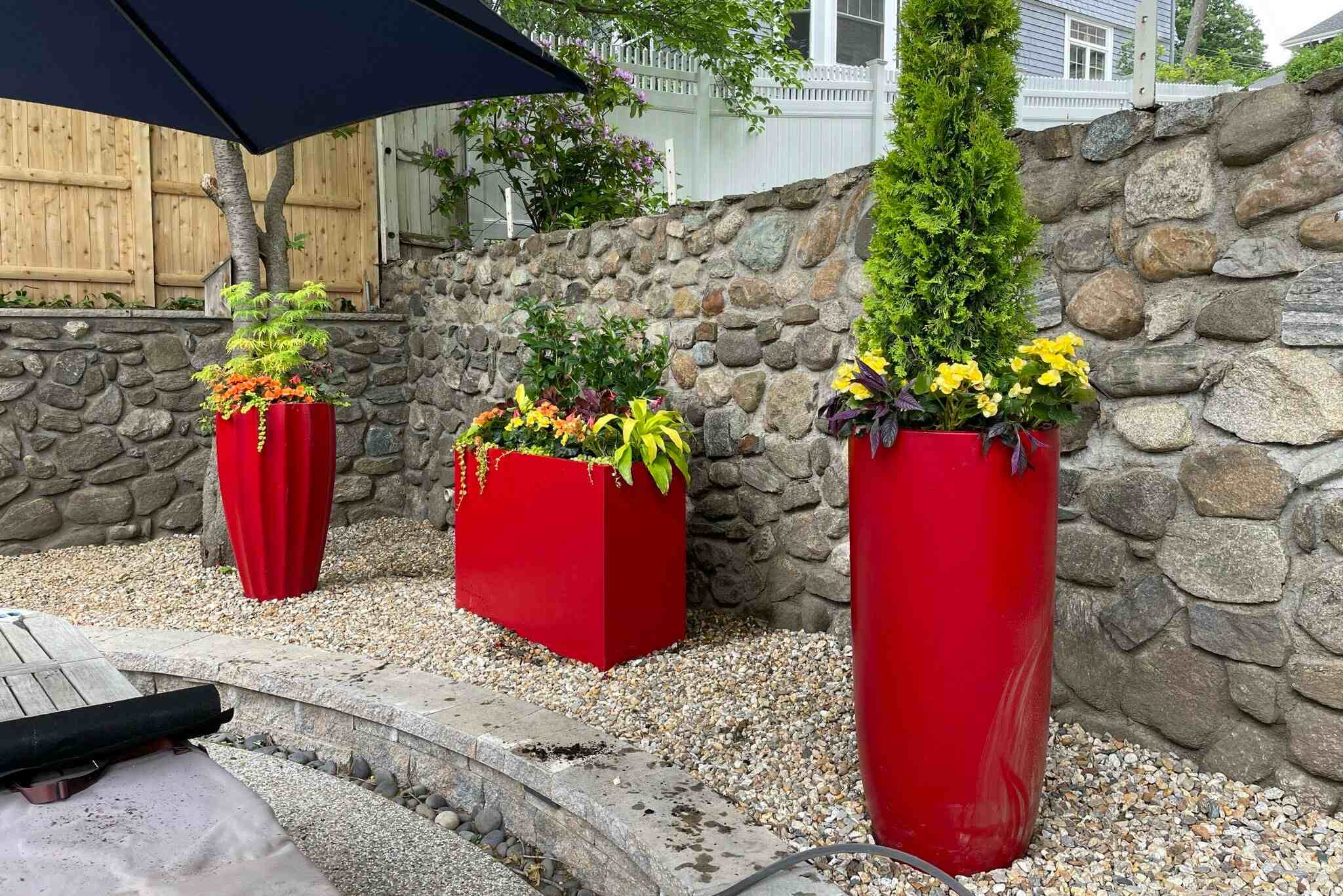
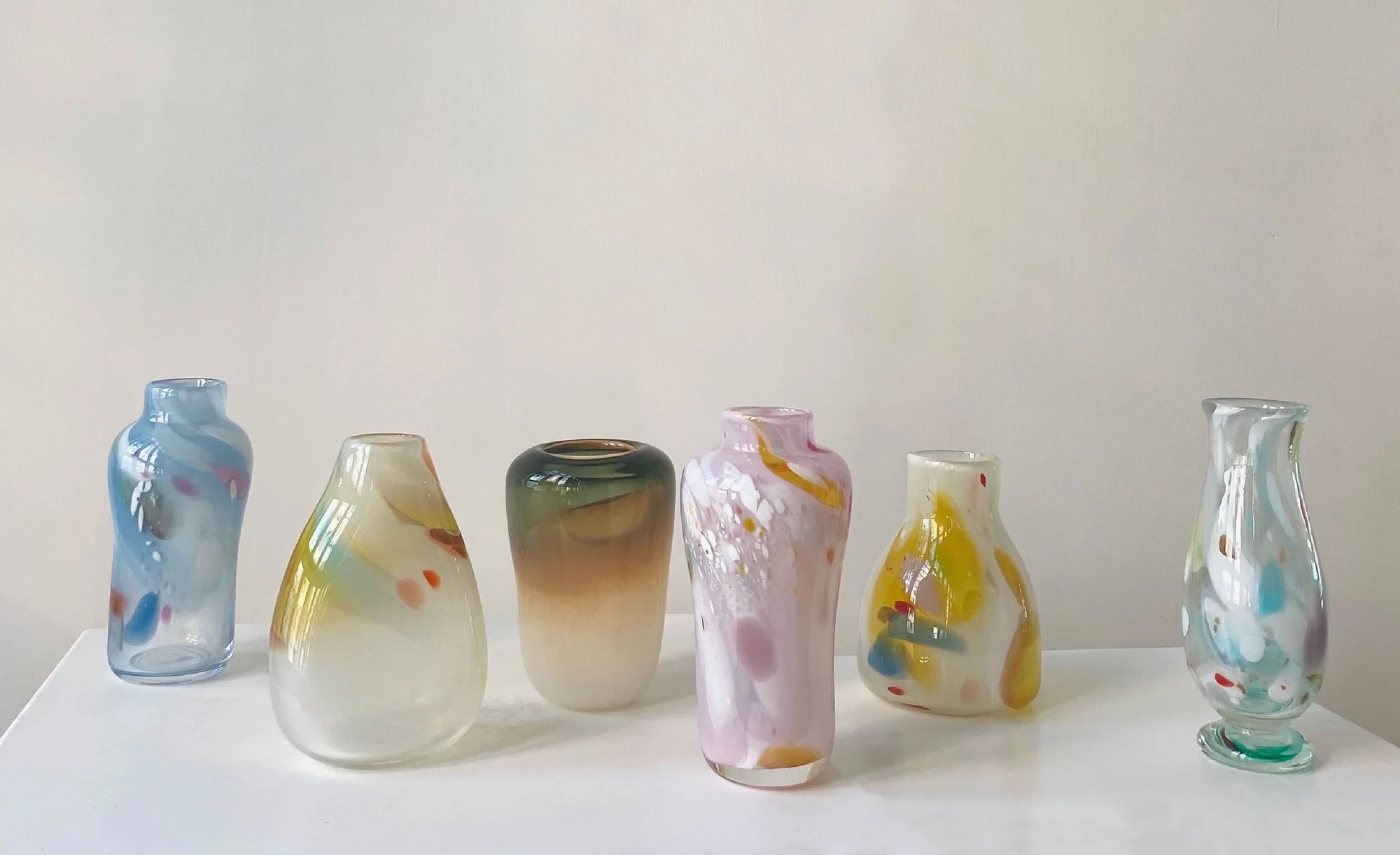
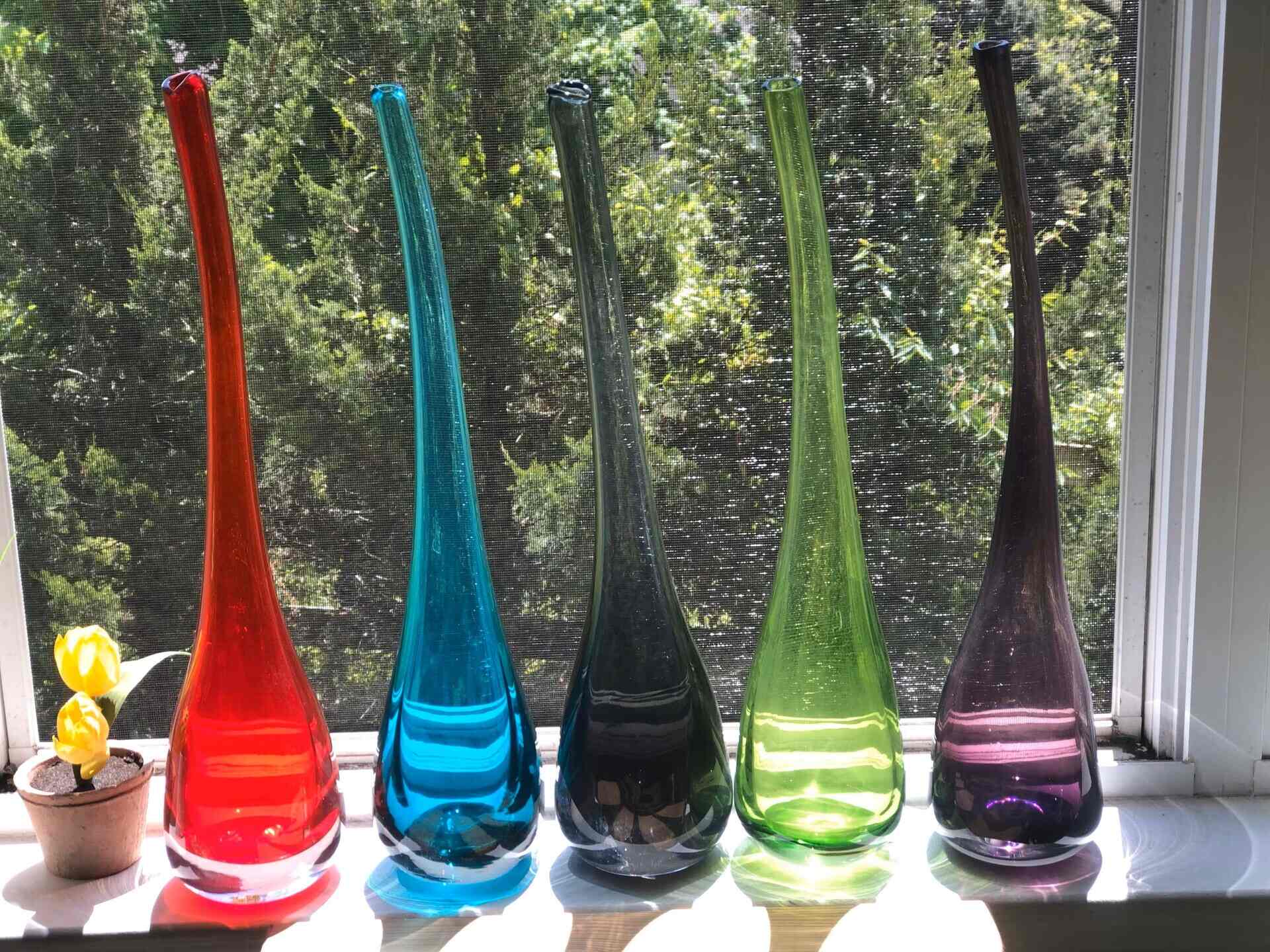
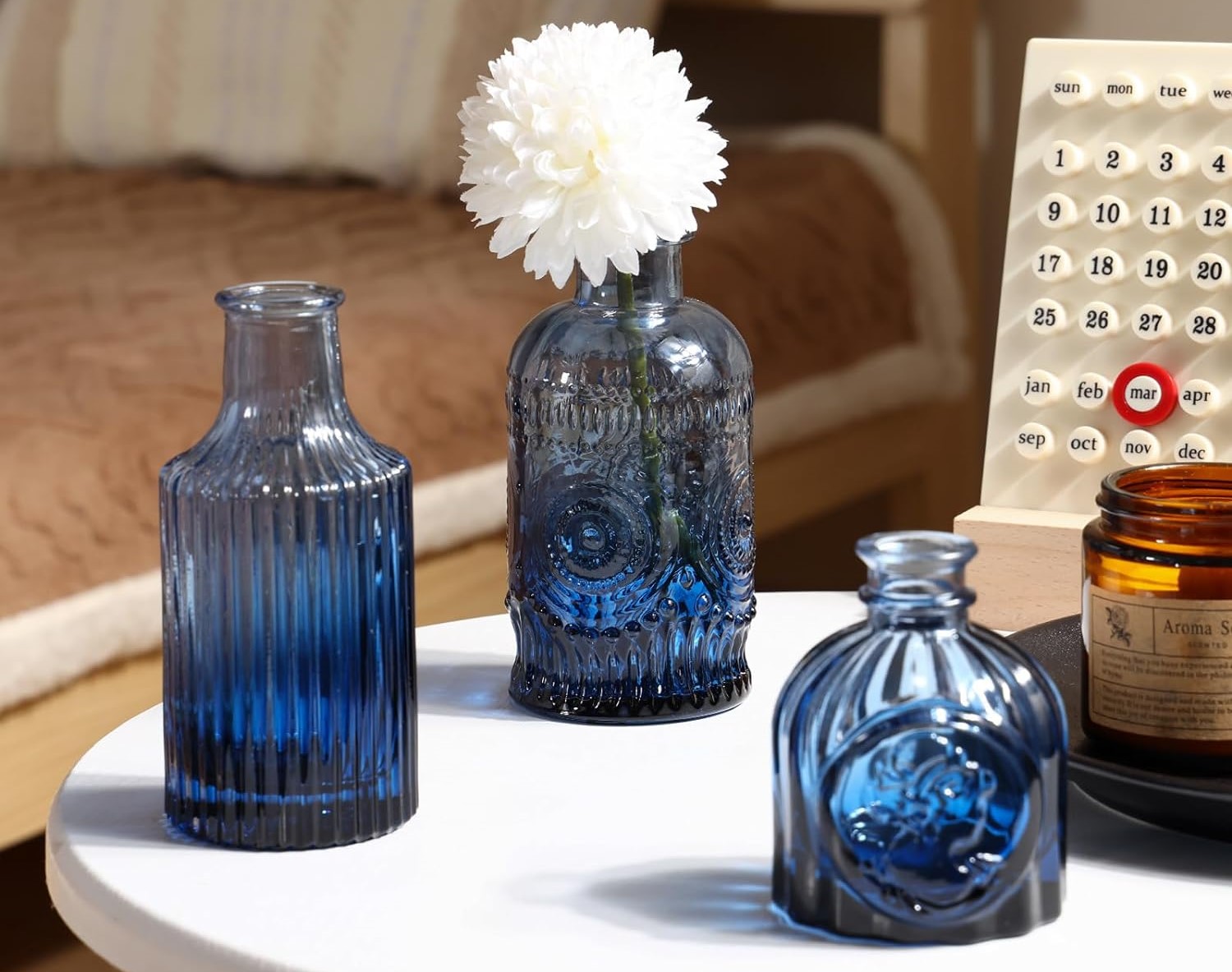
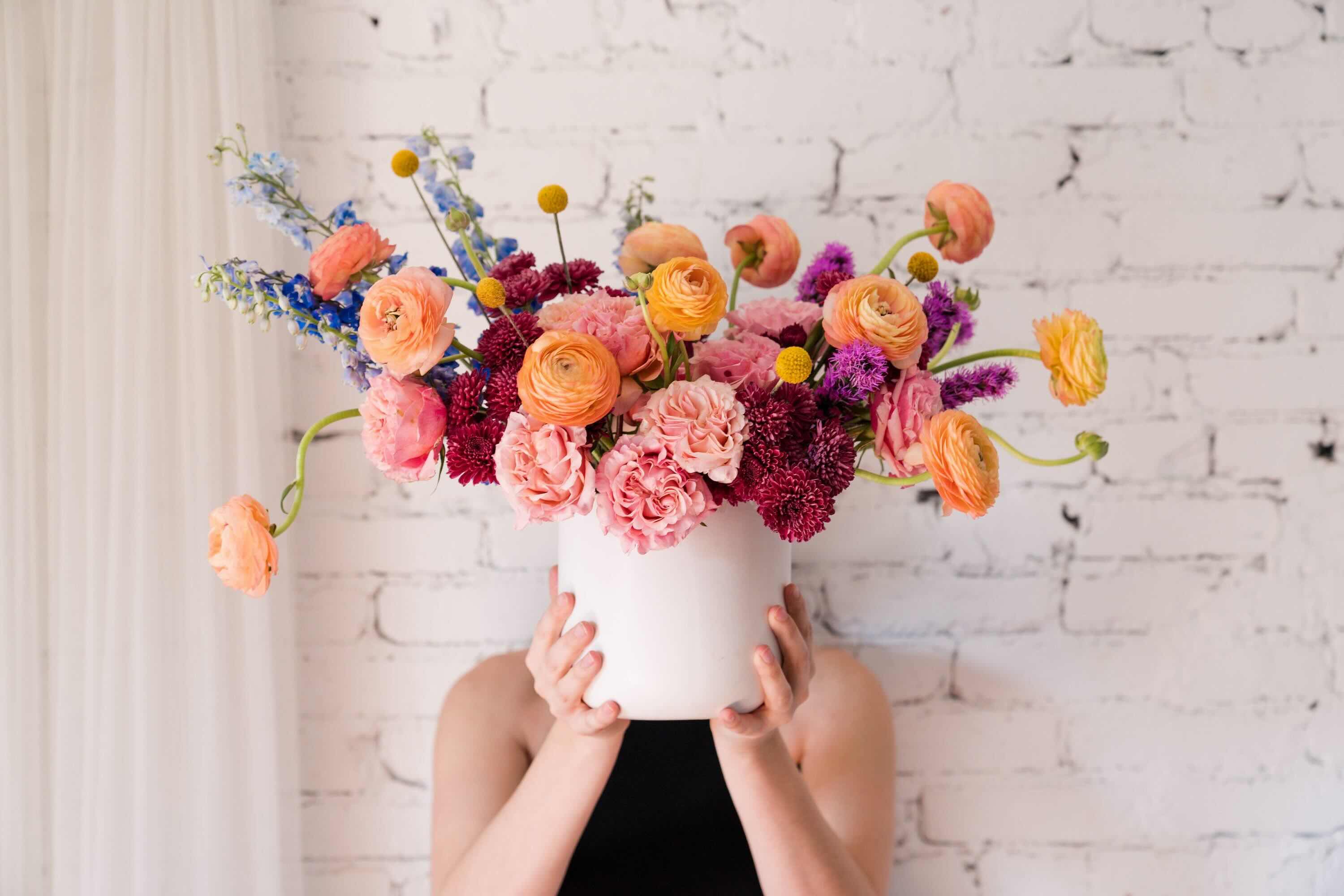


0 thoughts on “How To Use Glass Vases As Planters”